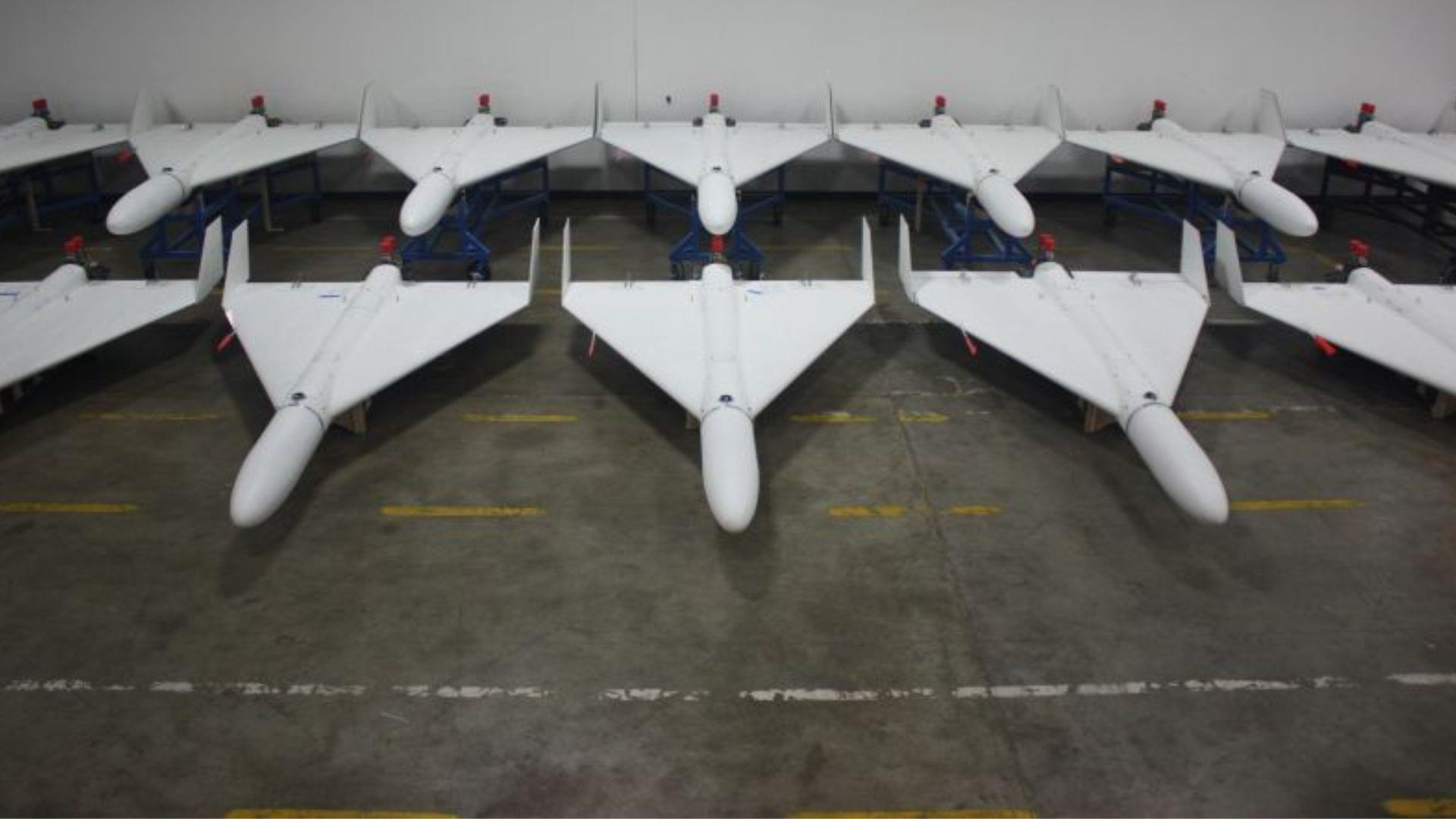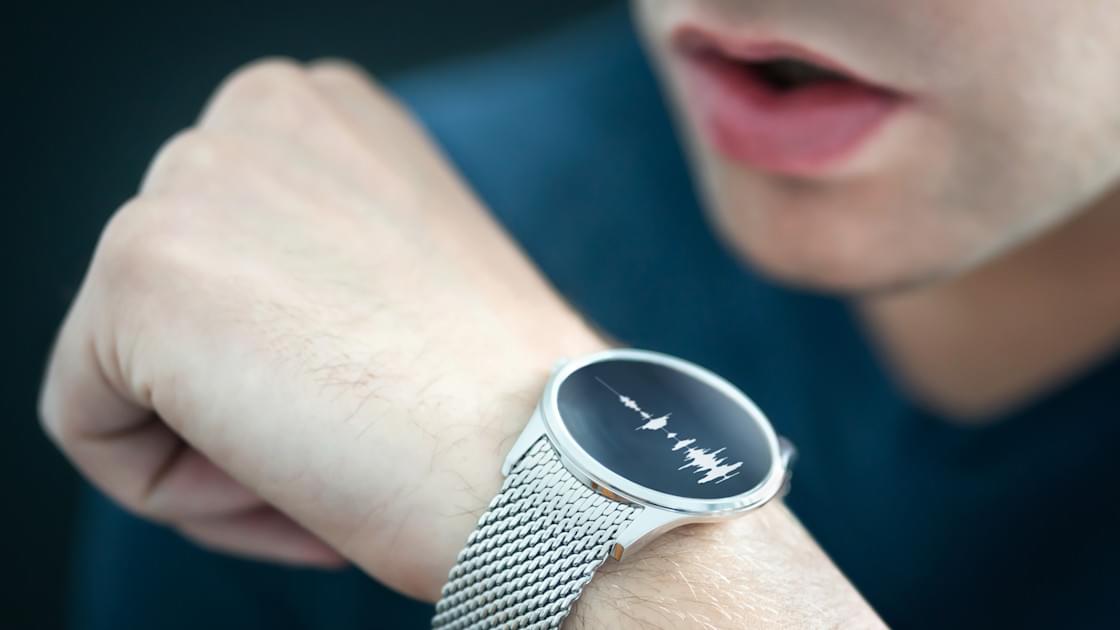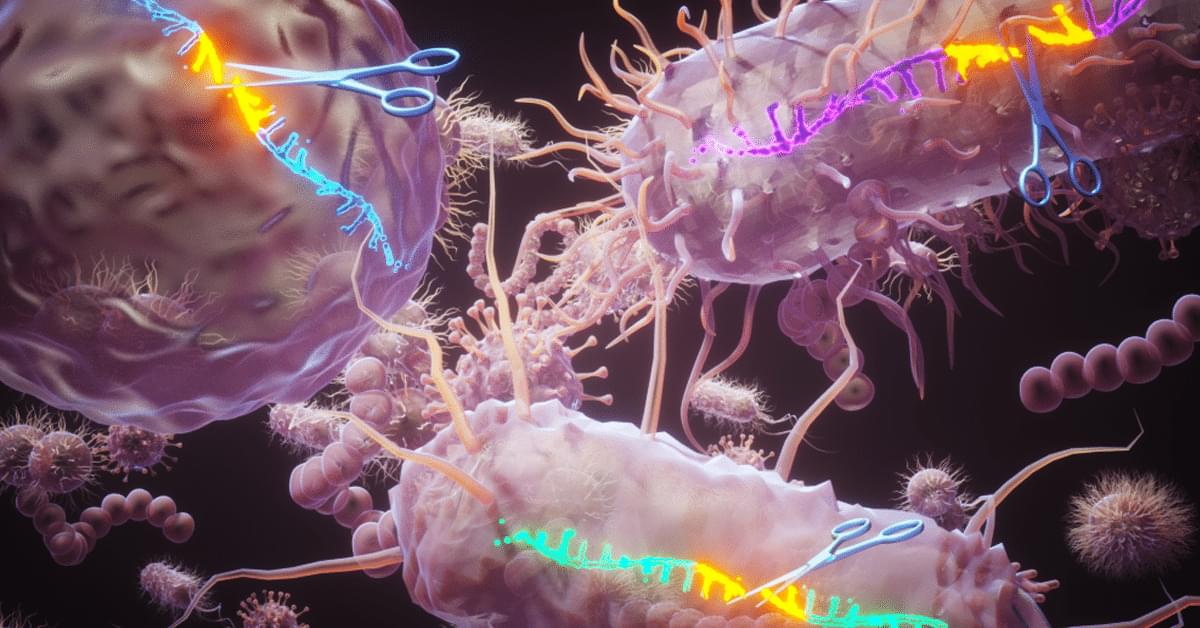US firm unveils Iran’s Shahed-style kamikaze drone with 100-pound payload power.
Alabama-based drone manufacturer Griffon Aerospace has unveiled its latest unmanned aircraft system, the MQM-172 Arrowhead, a drone designed to operate as both a high-performance target platform and a configurable strike asset.
Daniel Beck, Airworthiness Manager and Program Manager at Griffon Aerospace, said in a social media statement that the Arrowhead is developed to provide customers with a flexible, dual-role system that can adapt to changing mission demands.








